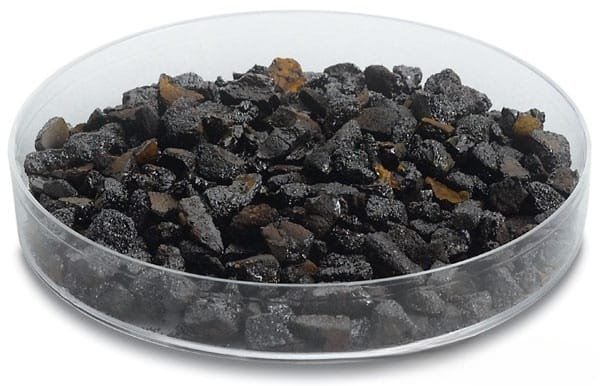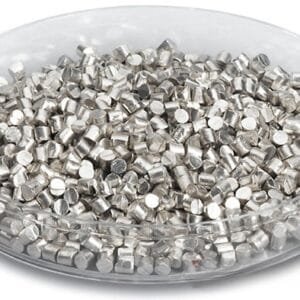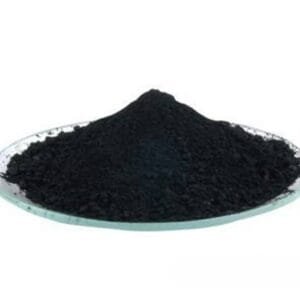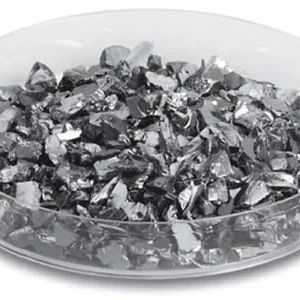Lead Telluride Evaporation Materials Overview
Lead telluride evaporation materials, known chemically as PbTe, are vital for achieving high-quality deposition in various industrial processes. At TFM, our lead telluride is available with remarkable purity levels, up to 99.9995%, thanks to our rigorous quality assurance practices.
Specifications
| Material Type | Lead Telluride |
| Symbol | PbTe |
| Appearance/Color | Gray cubic crystals |
| Melting Point | 924 °C (1,695 °F; 1,197 K) |
| Density | 6.14 g/cm3 |
| Purity | 99.9% ~ 99.999% |
| Shape | Powder/ Granule/ Custom-made |
Applications
Lead telluride evaporation materials are used in various deposition techniques such as:
- Semiconductor Deposition
- Chemical Vapor Deposition (CVD)
- Physical Vapor Deposition (PVD)
These materials are also utilized in optics for:
- Wear Protection
- Decorative Coatings
- Display Technologies
Packaging
Our lead telluride evaporation materials are securely packaged in plastic vacuum bags to prevent damage and preserve their quality during transit. Each package includes a Certificate of Analysis (COA) for the raw material.
Contact Us
TFM excels in producing high-purity lead telluride evaporation materials suitable for a range of advanced applications, including semiconductors, CVD, PVD, and optical coatings. Our expert teams in engineering, manufacturing, and analysis ensure the highest standards in our products. For more information or to place an inquiry, please contact us today.


 MSDS File
MSDS File



Reviews
There are no reviews yet.